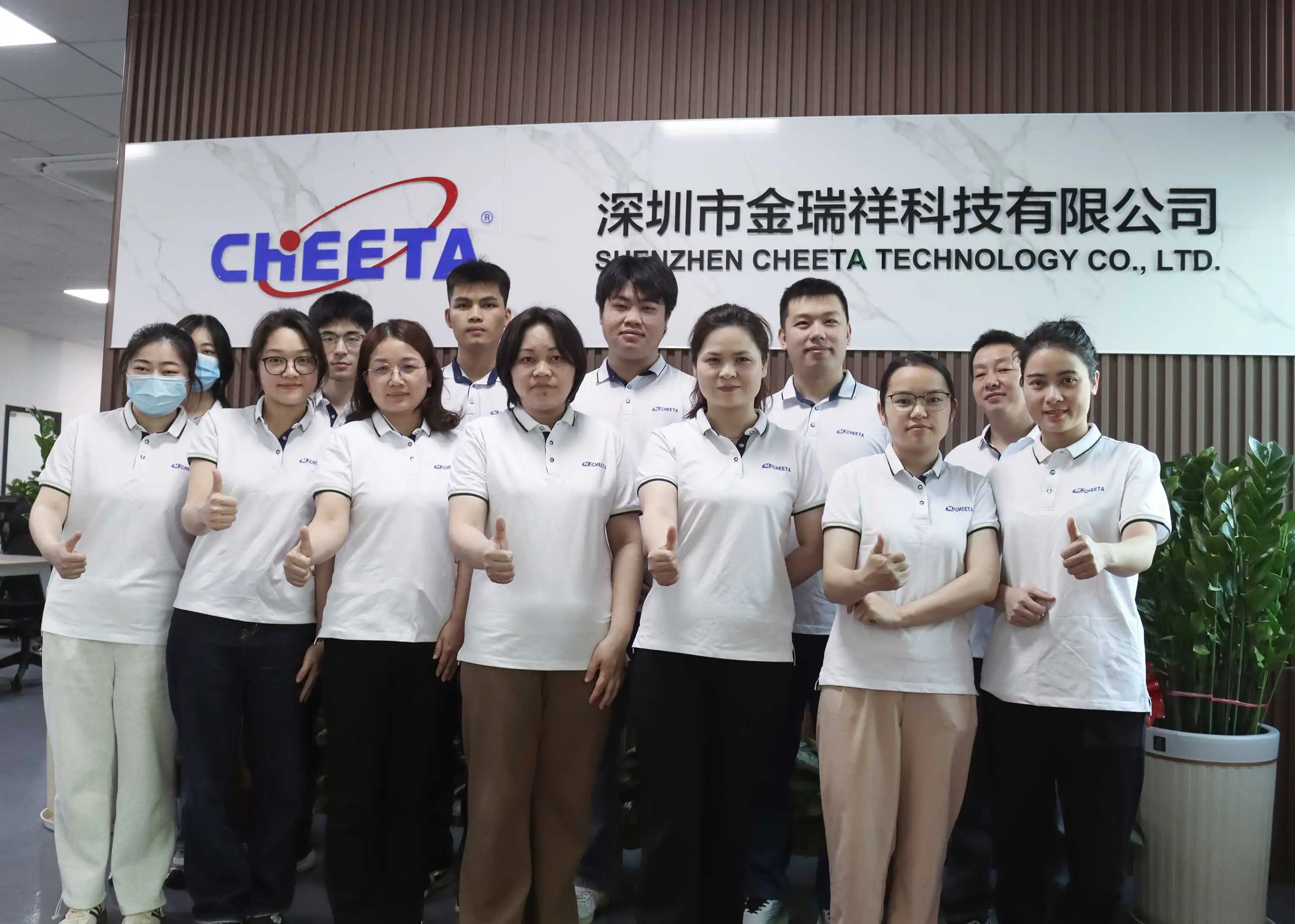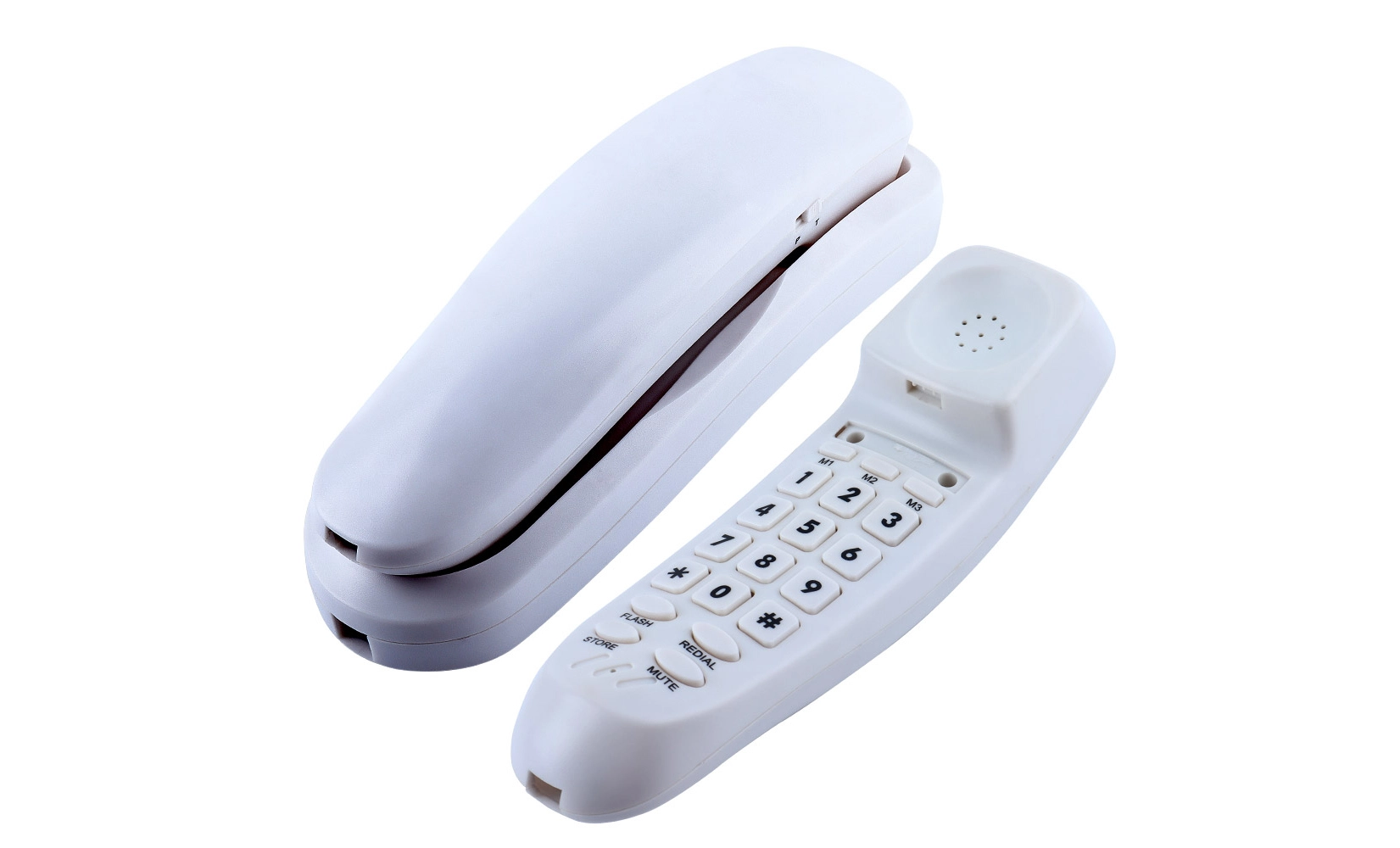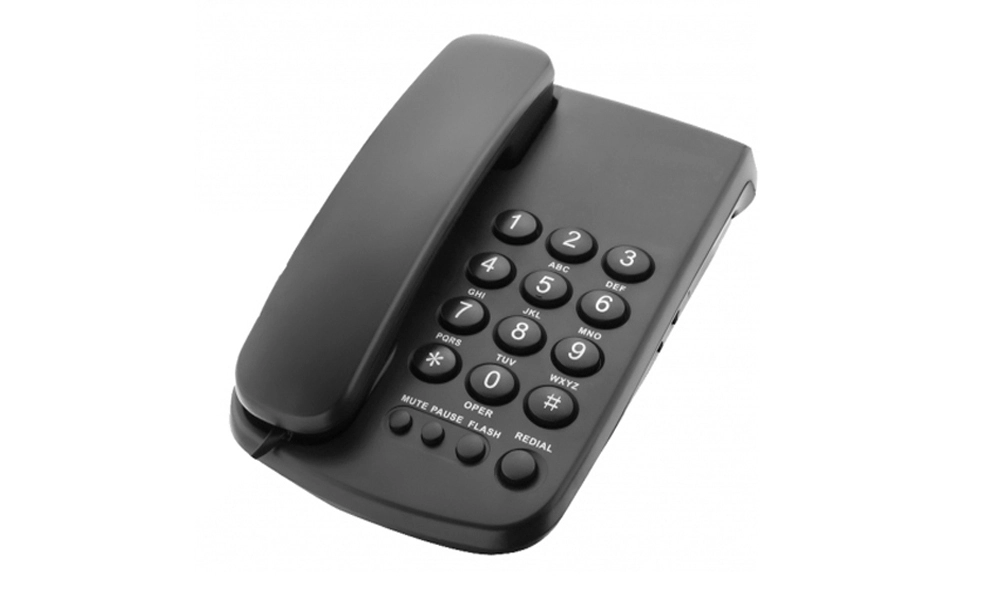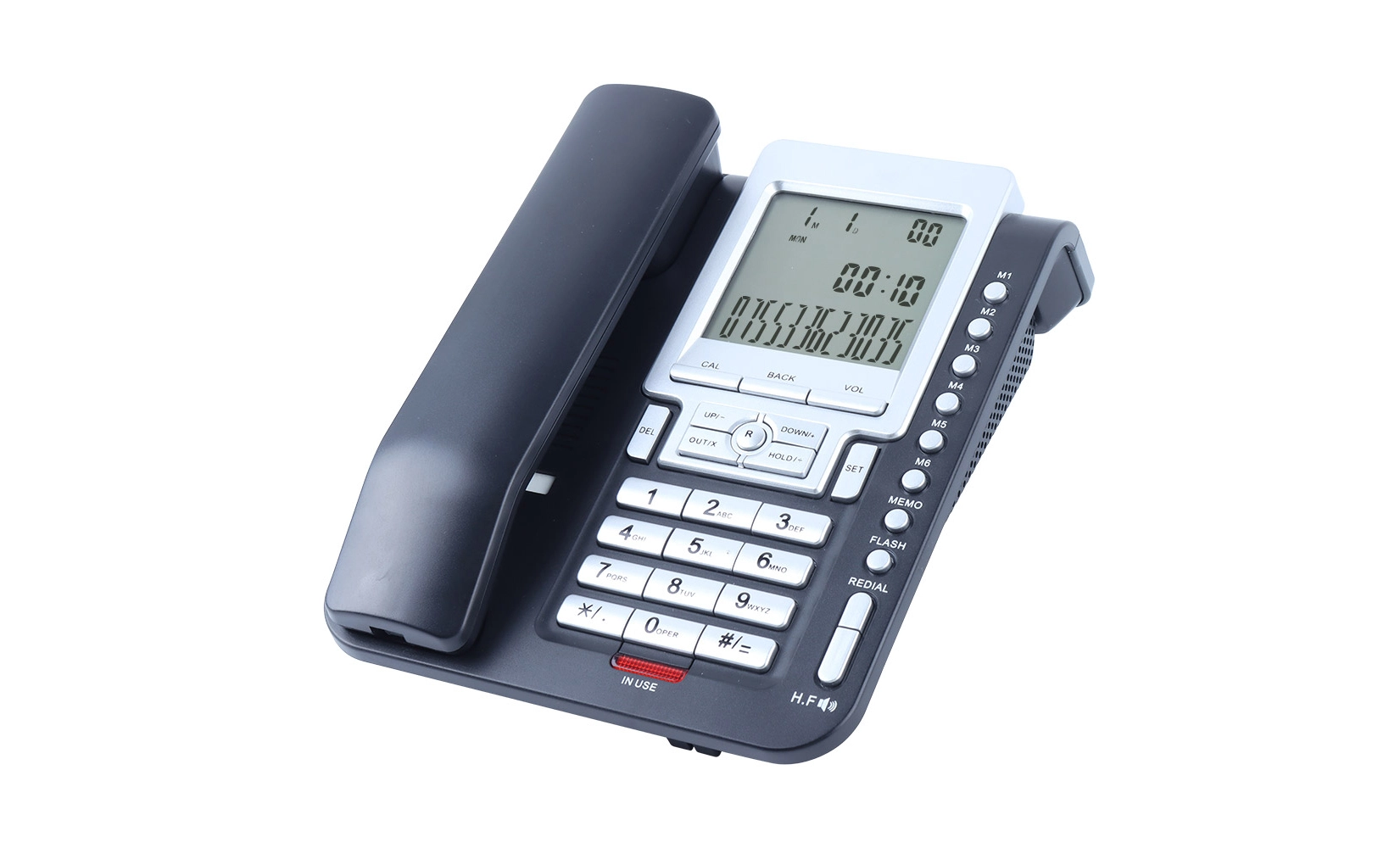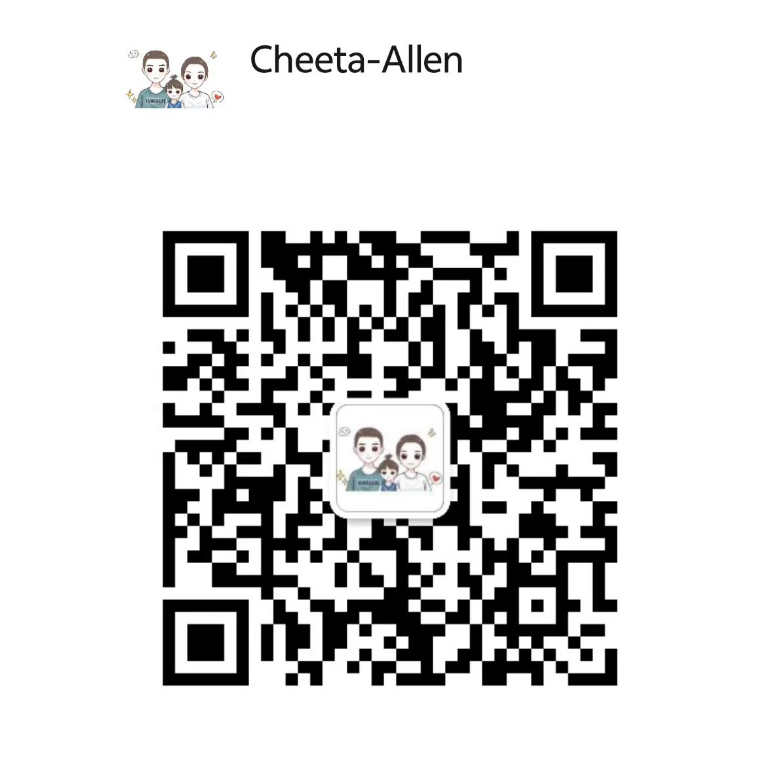The Evolution of Big Button Telephone Technology
From Standard to Specialized: The Birth of Big Button Phones
The journey of Big Button Telephones began as a response to the growing need for more accessible communication devices. Traditional telephones, with their compact designs and small buttons, posed significant challenges for certain user groups. Recognizing this gap, manufacturers started developing phones with larger, more prominent buttons.
Initially, these designs were basic adaptations of standard phones. However, as the demand grew and technology advanced, Big Button Telephones evolved into sophisticated devices tailored to meet specific needs. The transformation wasn't just about increasing button size; it involved a complete reimagining of telephone ergonomics.
Key Technological Advancements in Big Button Phones
Over the years, Big Button Telephones have incorporated numerous technological advancements:
- High-Contrast Displays: Improved visibility for users with visual impairments.
- Backlit Keypads: Enhanced usability in low-light conditions.
- Voice Amplification: Clearer sound output for those with hearing difficulties.
- Memory Buttons: Quick-dial options for frequently used numbers.
- Talking Keypads: Audio feedback for each button press.
These features have transformed Big Button Telephones from simple communication tools into multifunctional devices that cater to a diverse range of user needs.
The Impact of User-Centric Design
The evolution of Big Button Telephones is a testament to the power of user-centric design. By focusing on the specific challenges faced by users, manufacturers have created devices that not only facilitate communication but also promote independence and confidence.
This approach has led to the development of phones that are not just functional but also aesthetically pleasing. Modern Big Button Telephones often feature sleek designs that blend seamlessly with various home and office decors, dispelling the notion that assistive devices must be clinical or unattractive.
Ergonomic Features: The Heart of Big Button Telephone Design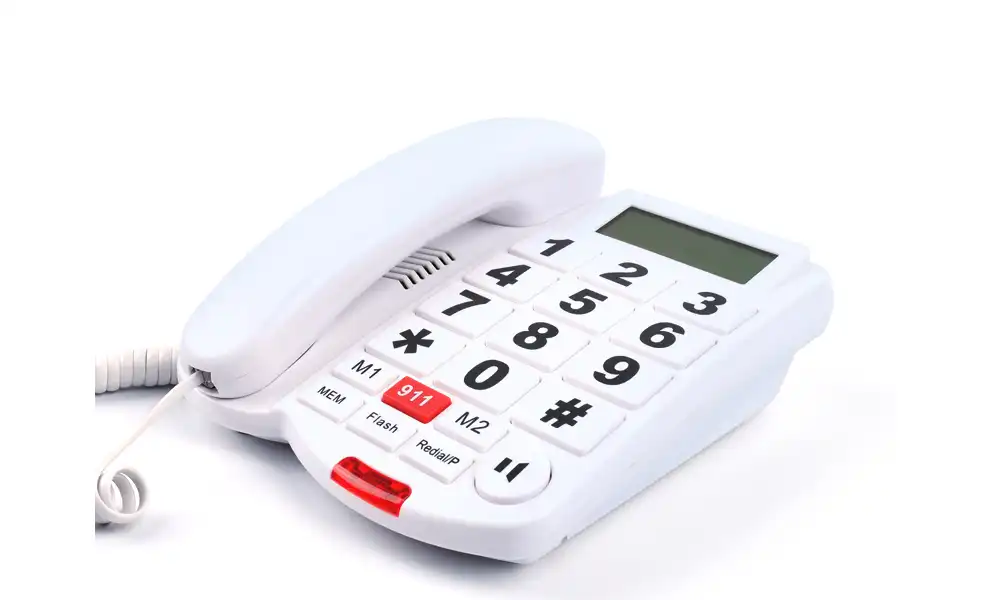
Anti-Slip Base: Ensuring Stability During Use
One of the most crucial ergonomic features of Big Button Telephones is the anti-slip base. This design element addresses a common issue with standard phones: the tendency to slide or move during use, especially when dialing or reaching for the handset.
The anti-slip base typically consists of:
- Rubberized feet or pads
- Textured bottom surface
- Weighted design for added stability
These features work together to keep the phone firmly in place, even on smooth surfaces. This stability is particularly beneficial for users with tremors or limited motor control, as it reduces the risk of accidental knocks or drops.
Strategically Spaced Buttons: Minimizing Misdials
The spacing between buttons on a Big Button Telephone is a critical design consideration. Unlike standard phones where buttons are often closely packed, these specialized devices feature strategically spaced keys. This design choice serves multiple purposes:
- Reduced likelihood of pressing multiple buttons simultaneously
- Easier target acquisition for those with visual impairments
- Improved tactile feedback for each button press
The increased spacing also allows for larger button surfaces, which can accommodate larger print or braille markings. This thoughtful design ensures that users can dial confidently and accurately, regardless of their visual acuity or fine motor skills.
Ergonomic Handset Design: Comfort During Extended Calls
Big Button Telephones often feature ergonomically designed handsets that complement the user-friendly keypad. These handsets are typically:
- Lightweight to reduce fatigue during long calls
- Shaped to fit comfortably against the ear and mouth
- Equipped with volume control for personalized audio settings
Some models even include a speakerphone function, providing hands-free operation for those who have difficulty holding a handset for extended periods. This combination of ergonomic features ensures that Big Button Telephones are not only easy to use but also comfortable for prolonged conversations.
 User Experience: The Ultimate Goal of Big Button Telephone Design
User Experience: The Ultimate Goal of Big Button Telephone Design
Accessibility for All: Bridging Communication Gaps
The primary objective of Big Button Telephone design is to make communication accessible to all users, regardless of their physical capabilities or sensory limitations. This focus on inclusivity has led to the development of features that address a wide range of needs:
- Hearing Aid Compatibility: Ensures clear sound for users with hearing aids.
- Adjustable Ringtone Volume: Accommodates varying levels of hearing sensitivity.
- Visual Ring Indicators: Flashing lights for those who may not hear the ringtone.
- One-Touch Emergency Dialing: Quick access to help in urgent situations.
These features collectively create a more inclusive communication experience, allowing individuals who might struggle with standard phones to maintain independence and stay connected with loved ones.
Cognitive Ease: Simplifying the Calling Process
Big Button Telephones are designed with cognitive ease in mind, simplifying the calling process for users who may find complex technology challenging. This approach is evident in several design choices:
- Intuitive Button Layout: Logical arrangement of keys for easy navigation.
- Clear Labeling: High-contrast, large-print labels for each function.
- Reduced Feature Set: Focus on essential functions to avoid overwhelming users.
- Memory Buttons: One-touch dialing for frequently called numbers.
By streamlining the user interface and focusing on core functionality, Big Button Telephones reduce cognitive load and make the act of making a call less daunting for users who may be technophobic or have cognitive impairments.
Emotional Impact: Fostering Independence and Confidence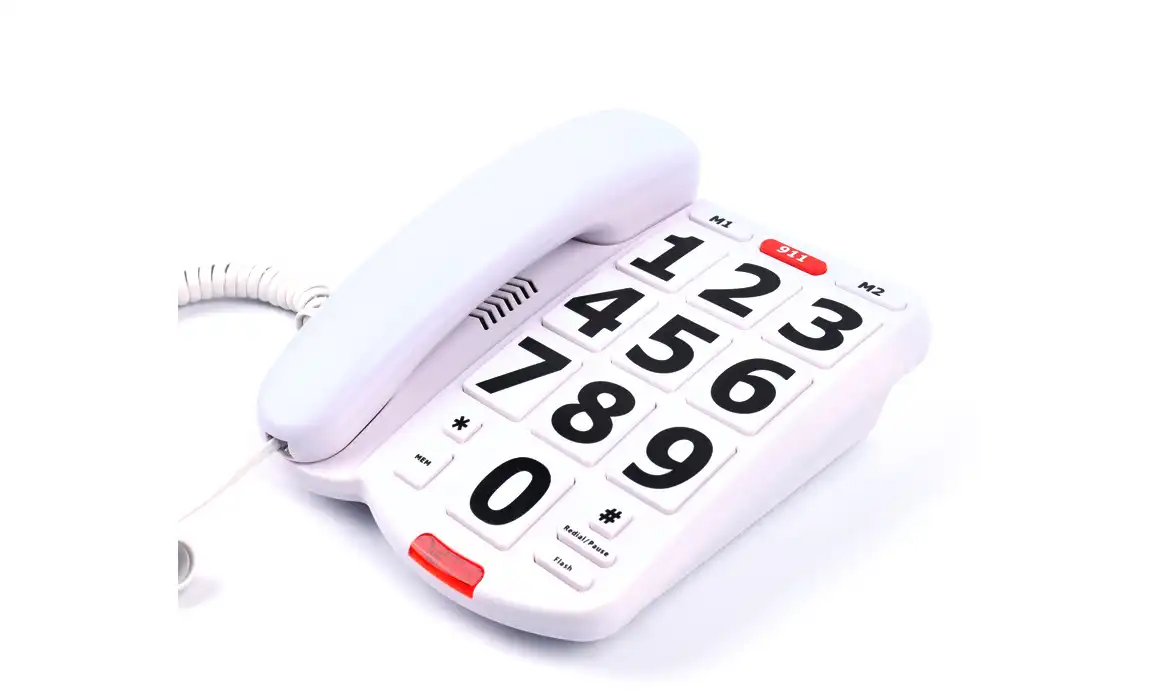
The design of Big Button Telephones goes beyond physical accessibility; it also considers the emotional impact on users. By creating a device that's easy to use and reliable, these phones can significantly boost user confidence and promote a sense of independence.
Features that contribute to this positive emotional impact include:
- Sturdy Construction: Builds trust in the device's durability.
- Consistent Performance: Reliable functionality reduces frustration.
- Aesthetic Design: Attractive appearance that users are proud to display and use.
The cumulative effect of these design choices is a telephone that not only meets functional needs but also enhances the user's quality of life by facilitating easy, confident communication.
Conclusion
The design of Big Button Telephones exemplifies how thoughtful engineering can significantly improve user experience and accessibility. By incorporating anti-slip bases, strategically spaced buttons, and a host of user-centric features, these devices have transformed from simple communication tools into empowering instruments of independence. As technology continues to evolve, we can expect further innovations in Big Button Telephone design, potentially integrating smart features while maintaining the simplicity and accessibility that define these crucial devices. Ultimately, the success of Big Button Telephones lies in their ability to make communication effortless and enjoyable for all users, regardless of their physical or cognitive capabilities.
Stable phone base & misdial-proof key spacing | CHEETA
CHEETA, with its 18+ years of expertise in OEM/ODM services, stands at the forefront of analog telephone manufacturing. Our state-of-the-art 1,200 ㎡ facility in Shenzhen, staffed by 100+ skilled workers and 10 senior engineers, produces 1,000 top-quality analog units daily. We pride ourselves on our rigorous 11-step inspection process, ensuring a failure rate below 1%.
Our Big Button Telephone range exemplifies our commitment to accessibility and user-centric design, featuring stable bases and precisely spaced keys to prevent misdialing. CHEETA's products, including our innovative Big Button models, meet international standards such as CE, RoHS, FCC, and UN38.3. For customized solutions or to explore our range of communication devices, contact us at allen@cheeta.com.cn.
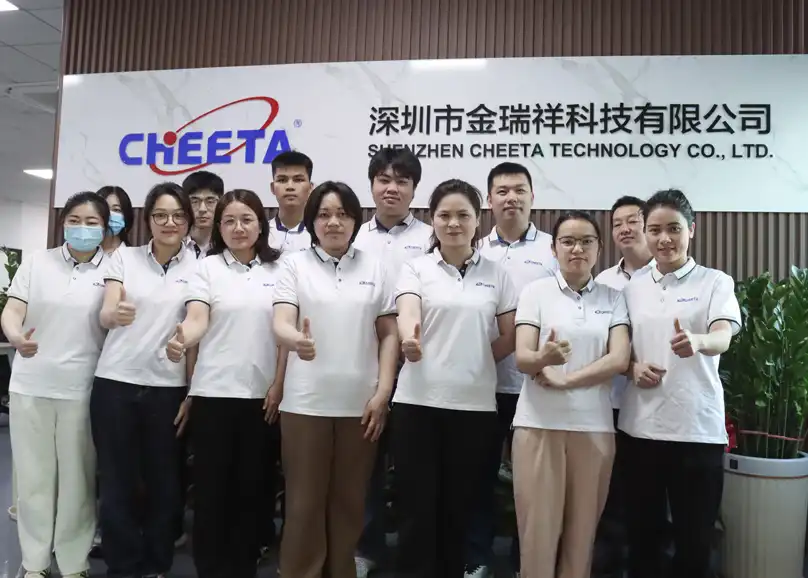
 Big Button Telephones
Big Button Telephones
